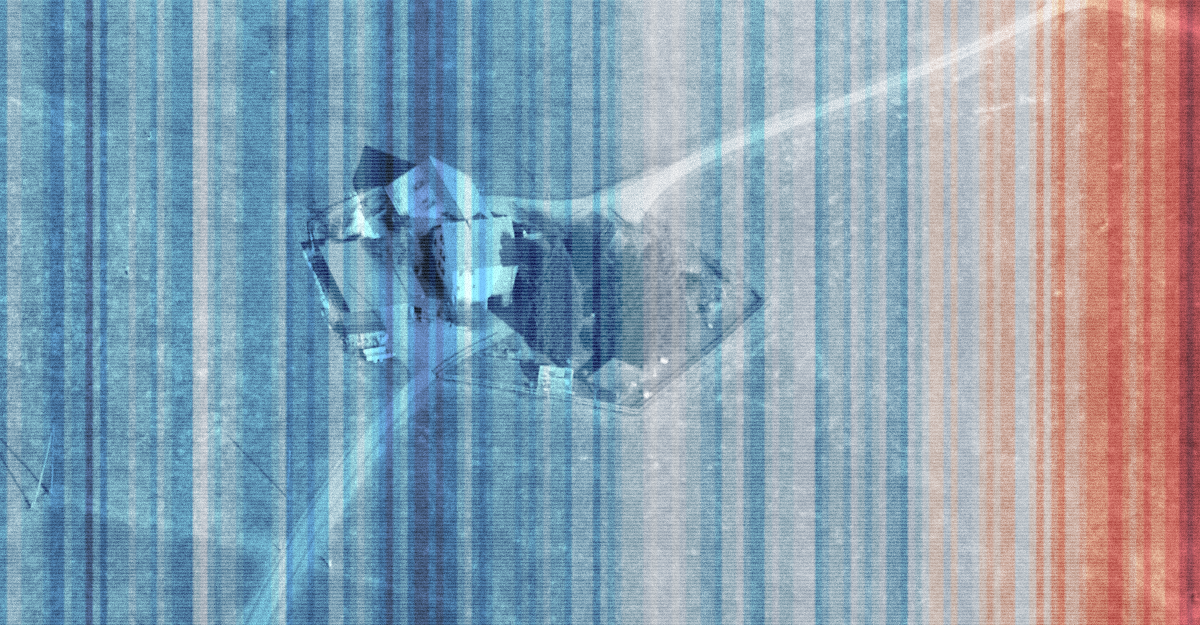Featured Publications



Science Policy
Climate Change Challenges and Solutions in Forestry & Agriculture
04.19.24
|
7 min read
read more
FAS
Building Environmental Justice: Alexa White
04.18.24
|
3 min read
read more
Science Policy
The U.S. Bioeconomy needs biomass, but what is it and how do we use it?
04.17.24
|
7 min read
read more
publications
Science Policy
Blog
Climate Change Challenges and Solutions in Forestry & Agriculture
Understanding the implications of climate change in agriculture and forestry is crucial for our nation to forge ahead with effective strategies and outcomes.
04.19.24
|
7 min read
read more
FAS
Blog
Building Environmental Justice: Alexa White
Alexa White’s journey into the world of science policy started back when she was earning her undergraduate degree in biology and chemistry at Howard University.
04.18.24
|
3 min read
read more
Science Policy
Issue Brief
The U.S. Bioeconomy needs biomass, but what is it and how do we use it?
In the quest for sustainable energy and materials, biomass emerges as a key player, bridging the gap between the energy sector and the burgeoning U.S. and regional bioeconomies.
04.17.24
|
7 min read
read more
Technology & Innovation
Blog
Dr. Rebecca Glaser, Office of Clean Energy Demonstrations, Energy Storage (for the People) and Policy Expert
At the Office of Clean Energy Demonstrations, Dr. Glaser is paving the way for cutting-edge energy storage and battery technologies to scale up.
04.17.24
|
5 min read
read more